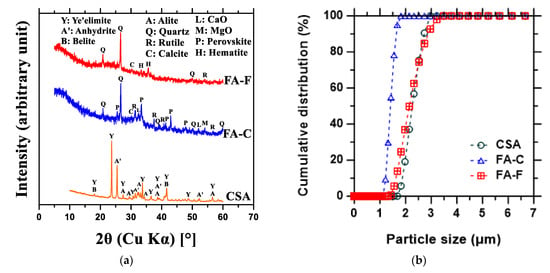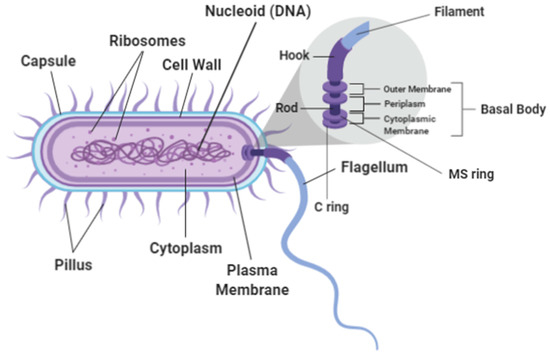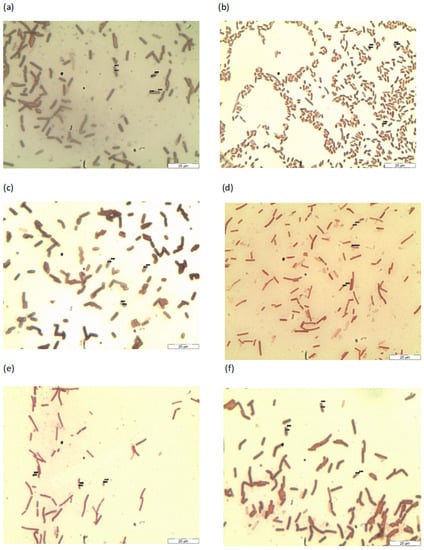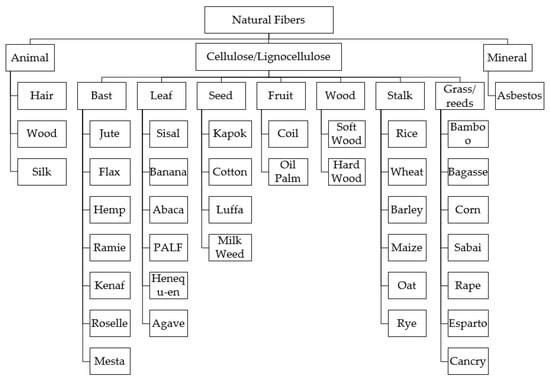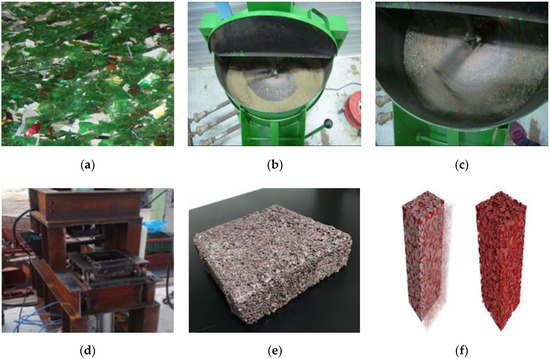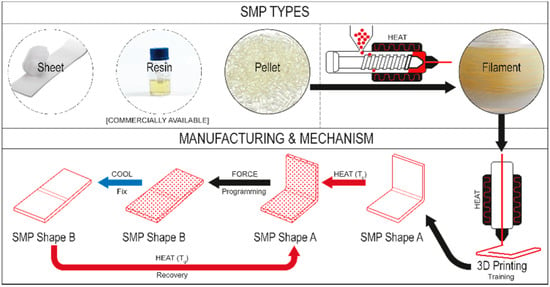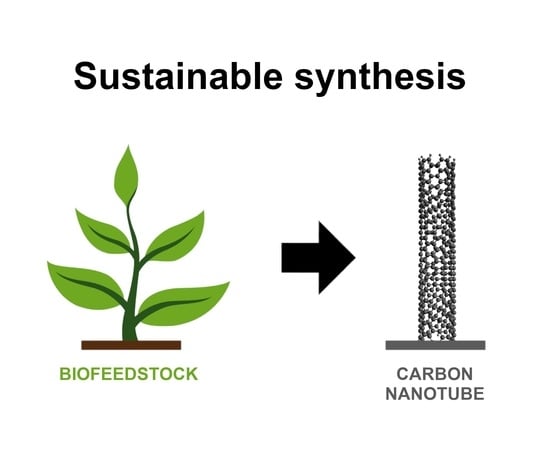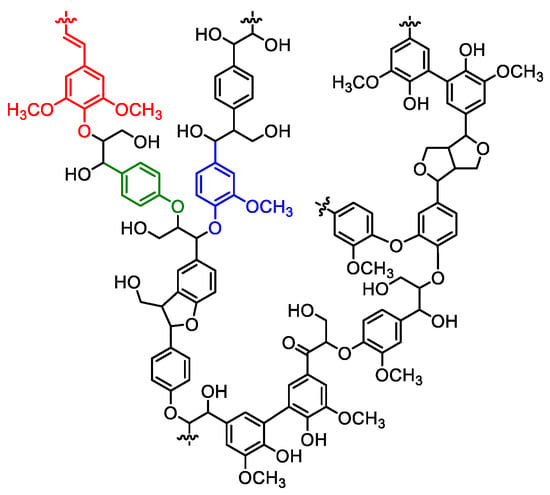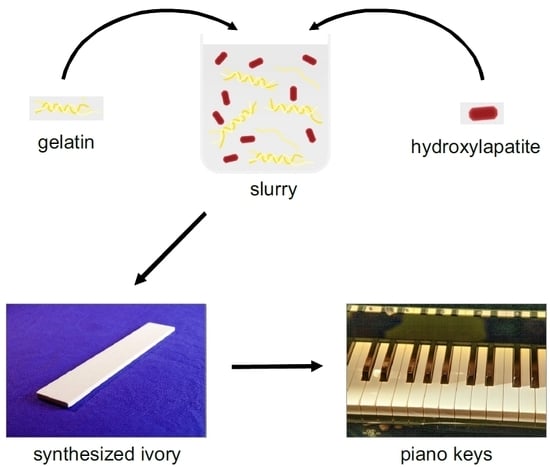Design, Processing, and Characterization of Functional, Smart and Sustainable Materials: Recent Advances
A topical collection in Sustainability (ISSN 2071-1050). This collection belongs to the section "Sustainable Chemical Engineering and Technology".
Viewed by 51328Editor
Topical Collection Information
Dear Colleagues,
The continuous scientific research efforts toward improving the standard of living—while maintaining a sustainable planet—have led to momentous advances in the development of functional, smart, and sustainable materials for various infrastructure applications in the fields of electronics, medicine, optics, nanotechnology, energy, ecology, robotics that cover all aspects of life. This Topical Collection is intended to pull together the various advances and technologies in the multidisciplinary areas of design, synthesis, and characterization of functional materials, with sustainability in focus. Original research articles, case studies, technical reports, short communications, and reviews covering all different aspects of functional materials, including inorganic and organic, hybrid and composites, nanomaterials and polymers, soft matter and interfaces, are all welcome. Articles selected for this Topical Collection are subject to a rigorous peer review procedure, with the aim of rapid and wide dissemination.
The covered topics include, but are not limited to, the following:
- Civil infrastructure materials (e.g., bio-inspired concretes, smart concretes, safe-healing concretes, and corrosion-resistant concretes);
- Electronic and photovoltaics, and thermoelectric, optical, and magnetic materials (including sensors, dielectrics, pyroelectrics, piezoelectrics, ferroelectrics, semiconductors, ionic conductors, superconductors, and electro-optics);
- Biomaterials, nanomaterials, and polymers (e.g., polymers for controlled drug delivery);
- Carbon-based nanosorbents (e.g., carbon nanotubes (CNTs) and graphene);
- Ceramics, microporous, hybrids, and composite materials (including zeolite- and metal oxide-based adsorbents, and nanohybrid membranes);
- Materials for space technology, etc.
Dr. Monday U. Okoronkwo
Collection Editor
Manuscript Submission Information
Manuscripts should be submitted online at www.mdpi.com by registering and logging in to this website. Once you are registered, click here to go to the submission form. Manuscripts can be submitted until the deadline. All submissions that pass pre-check are peer-reviewed. Accepted papers will be published continuously in the journal (as soon as accepted) and will be listed together on the collection website. Research articles, review articles as well as short communications are invited. For planned papers, a title and short abstract (about 100 words) can be sent to the Editorial Office for announcement on this website.
Submitted manuscripts should not have been published previously, nor be under consideration for publication elsewhere (except conference proceedings papers). All manuscripts are thoroughly refereed through a single-blind peer-review process. A guide for authors and other relevant information for submission of manuscripts is available on the Instructions for Authors page. Sustainability is an international peer-reviewed open access semimonthly journal published by MDPI.
Please visit the Instructions for Authors page before submitting a manuscript. The Article Processing Charge (APC) for publication in this open access journal is 2400 CHF (Swiss Francs). Submitted papers should be well formatted and use good English. Authors may use MDPI's English editing service prior to publication or during author revisions.
Keywords
- functional materials
- sustainable materials
- materials science
- nanotechnology
- polymers
- semiconductors
- sensors
- smart concrete
- ceramics and porous materials
- biomaterials
- magnetic materials
- thin films
- colloids
- hybrid and composite materials
- energy materials
- nanoadsorbents
- membrane technology





